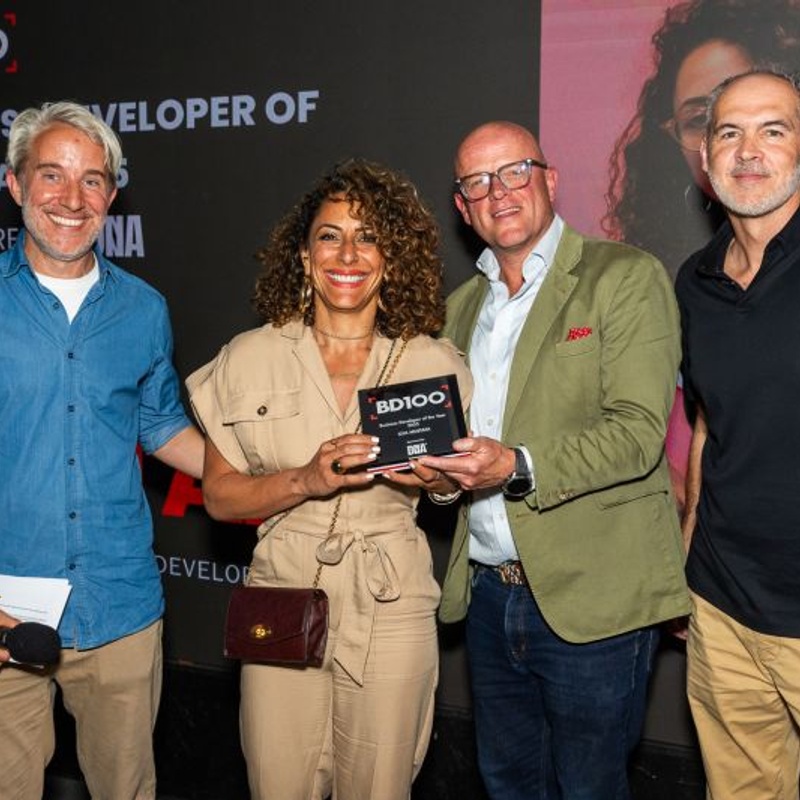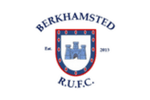How to Attract the Top Talent in Creative and Design

In the competitive realm of creative and design, innovative strategies can set a company apart, attracting top talent in the sector. Creative roles demand an out-of-the-box approach not only in the job they do but also in how they are recruited. DNA Recruit is a specialist recruiter in the Creative industry helping many businesses find top talent, however, there is also ground work to do on the employer side to become a beacon to any potential employees.
Social Media Experimentation
Social media platforms offer a goldmine of opportunities for creative recruitment, allowing companies to showcase their culture and reach prospective employees in a dynamic way. Experimentation in this space involves leveraging niche channels beyond the usual suspects like LinkedIn, Facebook, and Twitter.
Platforms such as Instagram, Pinterest, and even TikTok can be utilised to present a brand's identity and engage with potential candidates in an informal, yet impactful, manner. For instance, Instagram's visually-driven content is an excellent space for brands to express their aesthetic and attract designers who resonate with the style.
Here is a snapshot of how different platforms can serve creative recruitment goals:
Social Media Platform Use-case in Recruitment
LinkedIn Professional networking and job listings
Instagram Brand aesthetic showcase and culture highlights
Pinterest Portfolio sharing and design inspiration
TikTok Behind-the-scenes content and company culture snippets
By tapping into the unique features of each social media platform, employers can connect with a diverse pool of creative talent.
Open House Events
Open house events are another innovative recruitment strategy. They provide a platform for potential candidates to interact with current employees and witness the company culture firsthand in a relaxed atmosphere. These events can be an excellent way for a company to assess multiple candidates simultaneously, while also giving the candidates a taste of the work environment and team they might be joining.
The structure of open house events typically includes tours of the office, introductions to staff, and presentations about the company's mission and projects. It's also common to incorporate interactive elements such as workshops or design challenges, which serve as informal assessments of a candidate's skills and compatibility with the team.
To measure the success of open house events, employers can track metrics such as:
Metric Description
Attendance Rate The number of attendees compared to the number of invitations sent
Engagement Level The quality of interactions between candidates and employees
Follow-up Rate The percentage of attendees who pursue a formal application or interview
Open house events can play a significant role in the recruiting process, offering a unique opportunity to engage with talent in a setting that truly reflects the brand's spirit.
Importance of Employer Branding
By fostering an environment that values creativity, businesses can not only achieve substantial revenue growth but also secure a commanding position in the market.
Culture Fit in Hiring
Employees who resonate with their organisation's ethos are not only more content with their roles but also tend to remain with the company for longer periods and display superior job performance. These individuals contribute positively to the workplace environment, driving innovation and fostering a productive creative culture.
According to Adobe and Forrester research, companies prioritising a creative culture are 3.5 times more likely to meet their 10% revenue growth targets compared to those that don't, and they are 50% more likely to report a potent market leadership stance.
To identify candidates who will thrive within the organisation's culture, employers may consider the following:
• In-depth interviews to assess compatibility with company values and vision
• Inviting candidates to social events or team projects to observe interactions with potential colleagues
• Psychometric testing to understand candidate personalities and working styles
Employee Advocacy Programs
By providing a structured framework for employees to actively promote their employer, these programs can turn a workforce into brand ambassadors. Activities within these programs might include sharing company content on social media, referring quality candidates, and participating in employer branding initiatives.
Top Echelon emphasises the importance of such programs, noting that they can include incentives and recognition for active participation. A successful advocacy program not only amplifies the brand's reach but also fosters a sense of ownership and pride among employees.
Key performance indicators for measuring the impact of employer branding efforts might include:
KPI Description
Time-to-Fill The average duration to fill open positions
Quality of Hires Success rate of new hires meeting performance benchmarks
Employee Retention Rates Percentage of employees retained over a given period
Candidate Engagement Levels Interaction and response rates from potential candidates
In addition to advocacy programs, building a robust talent pipeline is essential for securing a steady supply of creative professionals. This can be achieved through proactive engagement with potential candidates, leveraging networking opportunities, and cultivating relationships within talent communities.
By investing in employer branding and aligning it with recruitment objectives, businesses can attract and retain the right talent, ensuring sustained innovation and competitive advantage.
SHARE







